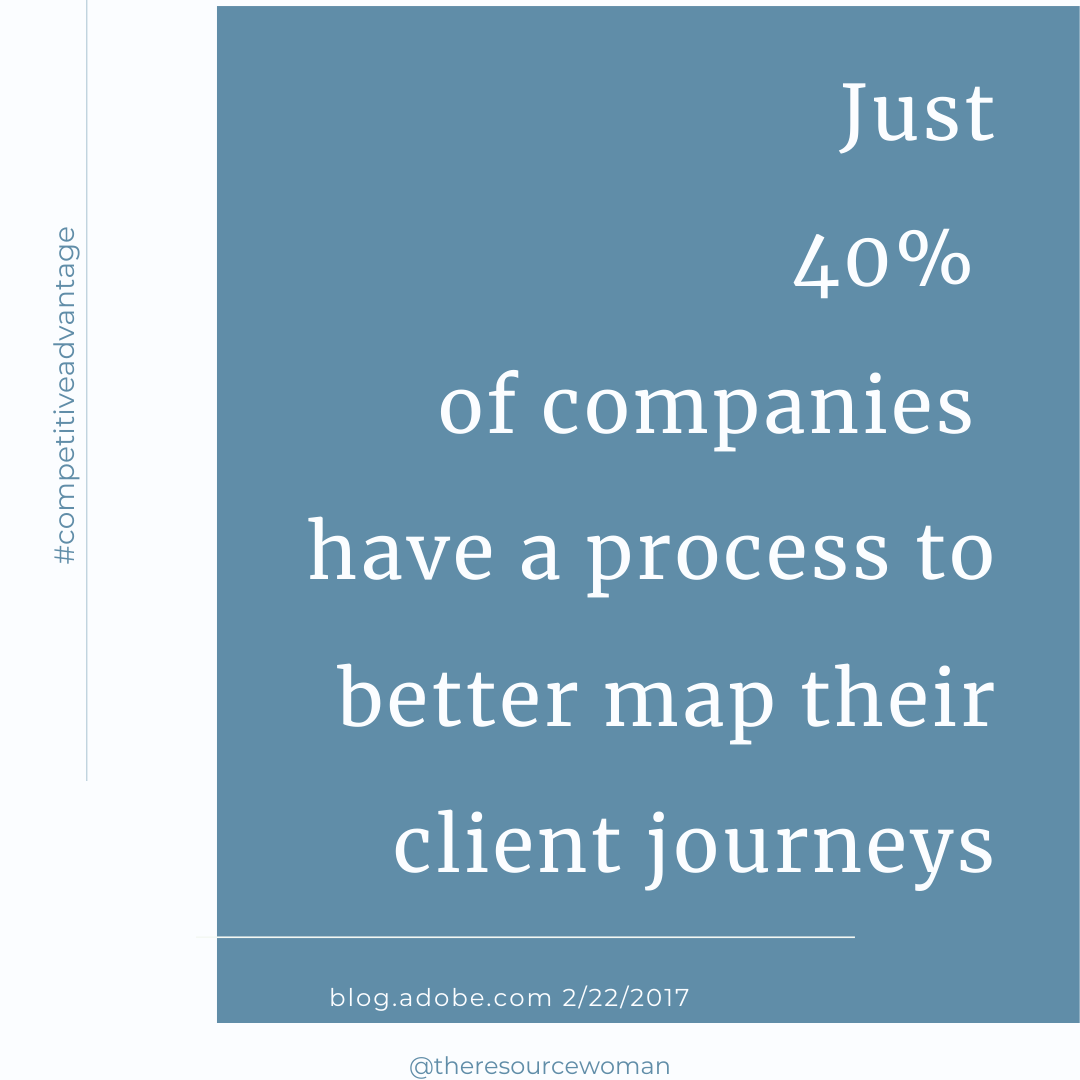Outstanding Client Service Starts With This

People respond positively when they feel seen, heard, and understood. This means letting your clients know you understand them, what keeps them up at night, what their goals are and what their concerns are. Some attorneys assume they already know about their clients’ experience with the firm, but firms that do not take the time to look at the business from their clients’ perspective will miss out on key insights that help build trust and keep clients coming back – and making referrals.
Most firms have quite a bit of information about their ideal clients like the industry they are in or the size of their organization. But that is just part of their story. To get the bigger picture – and set their firm apart – lawyers need to go behind the information they can find on Google. A powerful way to do that is journey mapping.
Journey Maps Build Trust
Journey mapping is a tool designers have been using for several years because they know it helps businesses improve their client-facing processes, from on-boarding and communication, to the last good-bye. Journey mapping helps identify gaps between how you think clients experience your brand and what they actually experience. This 2016 post from Salesforce sums up:
the biggest benefit is simply understanding your customers more. The better you understand their expectations, the more you can tailor the customer experience to their needs.
In other words, lawyers don’t have to act as if they see, hear, and understand their clients because they do see, hear, and understand their clients’ journey. Clients will feel the difference, which translates to higher originations, higher collections, and higher profits. Despite the benefits, less than half of companies invest in journey mapping.


How to Start
Creating a client journey map is not complicated but it does require lawyers to let go of any attachment to “the way we’ve always done it” and “we have to do it that way because…” Law firm leaders need to be willing to see the opportunities to improve clients’ experience instead of assuming that because they don’t hear complaints, everything must be fine.
The first step to understanding the client journey is talking and listenting to the people who receive, deliver, and support legal services. This includes former or existing clients, employees who interact with clients, or any forums where potential clients congregate. How much time to spend researching and how many processes to map depends on the goal. Is your firm considering a new practice area? Expand an existing one? Have clients, attorneys, and/or staff noticed a block somewhere in the firm’s workflow? Has the firm heard feedback that is conflicting with the it’s values? With an experienced legal design consultant, firms can adapt journey mapping to fit any of these scenarios or align with other goals.
One Final Thought
To get the most from a journey map, firms must be willing to adapt their services based on the information learned. The map is a treasure trove of data with the potential to positively impact the bottom line. When law firm leaders act on that data, they know they are meeting their clients’ needs in a way few others do.
